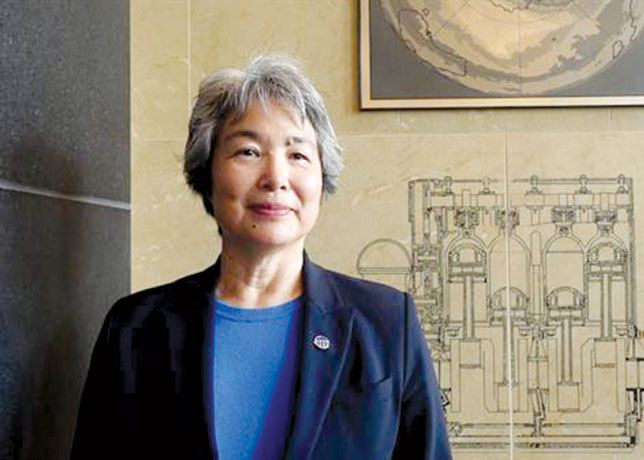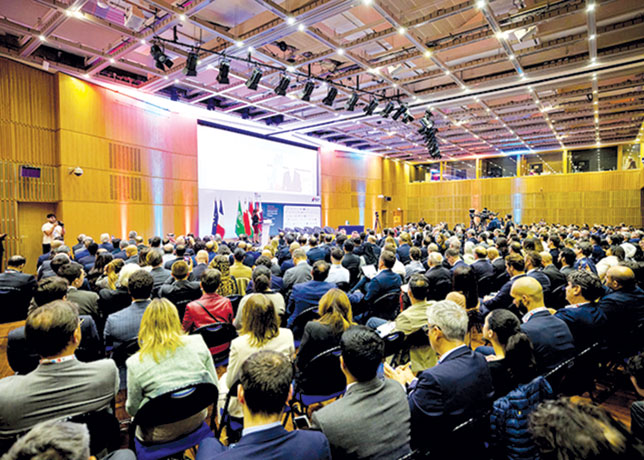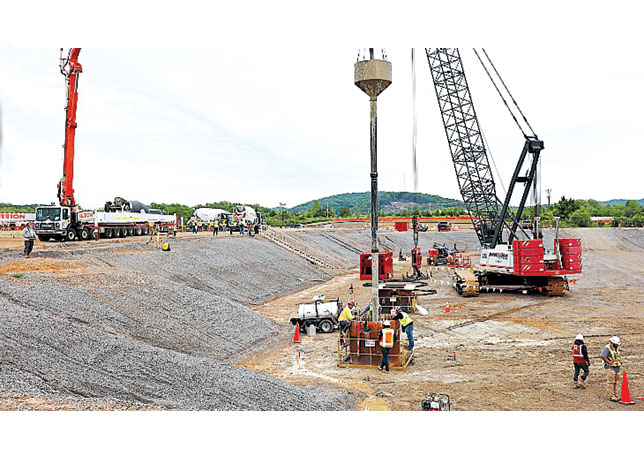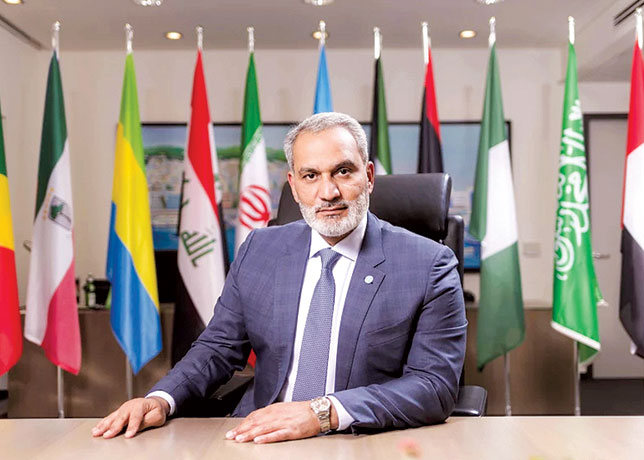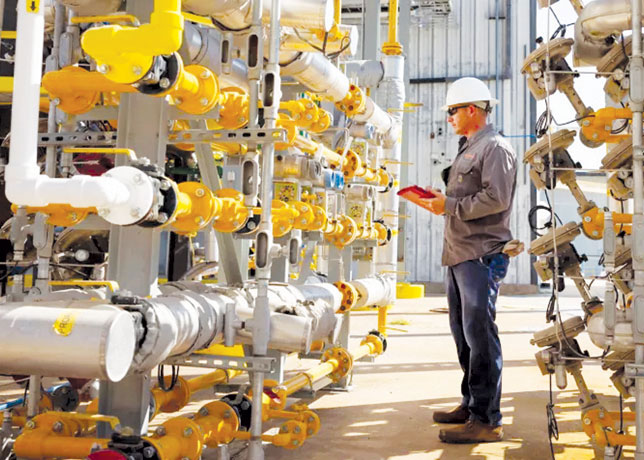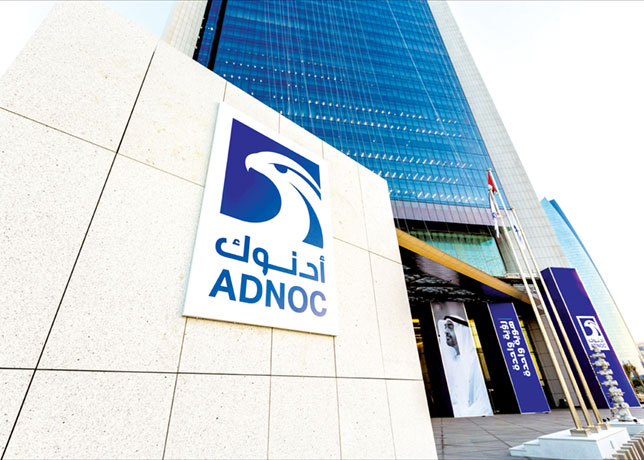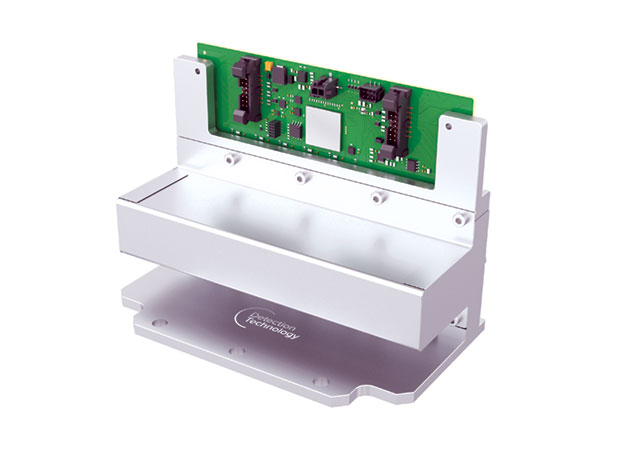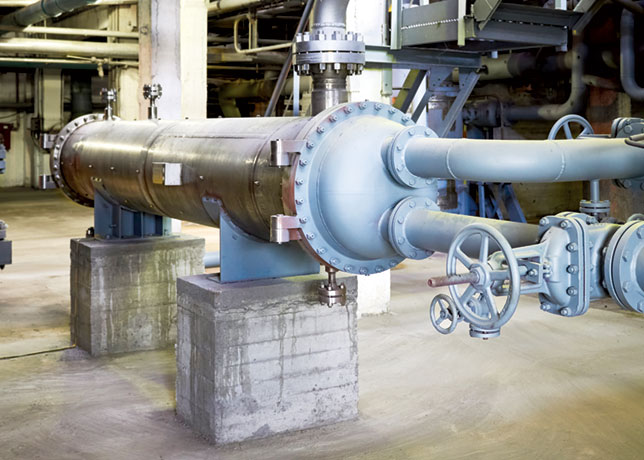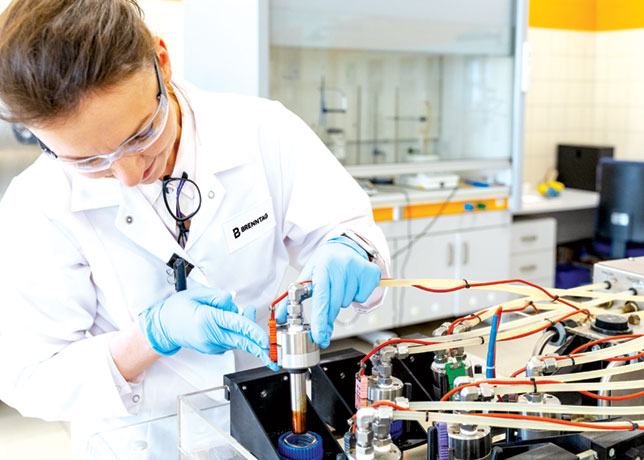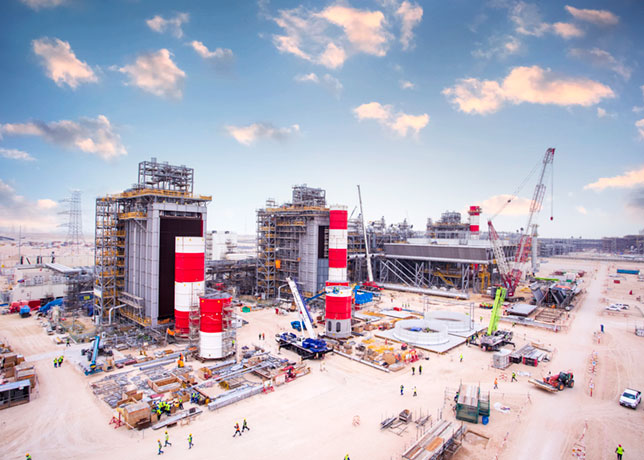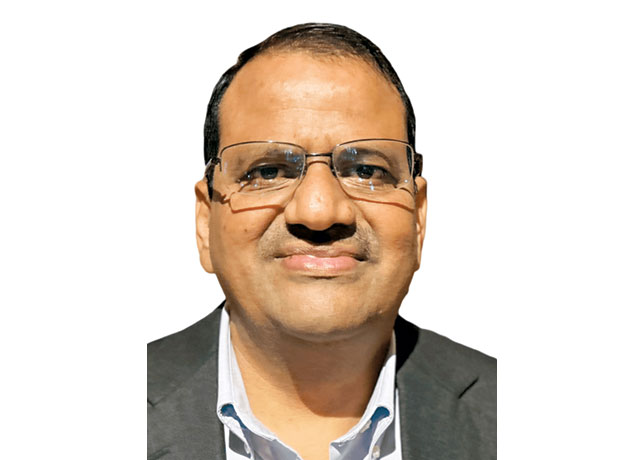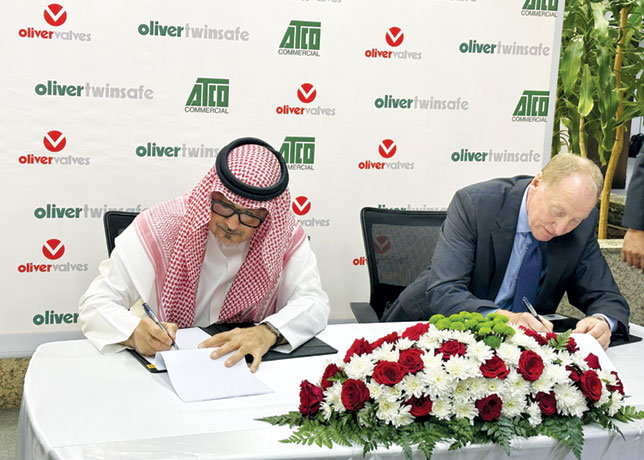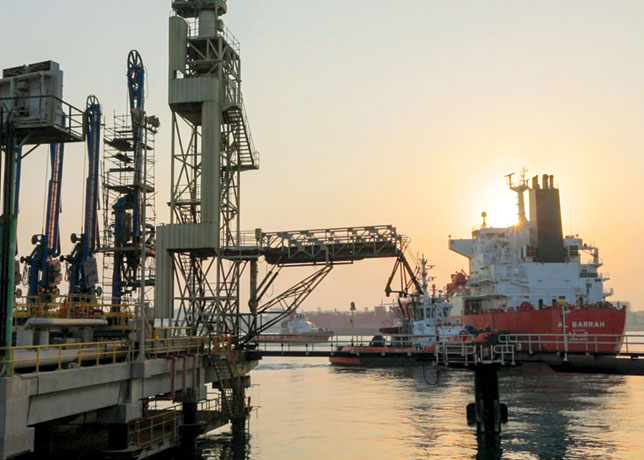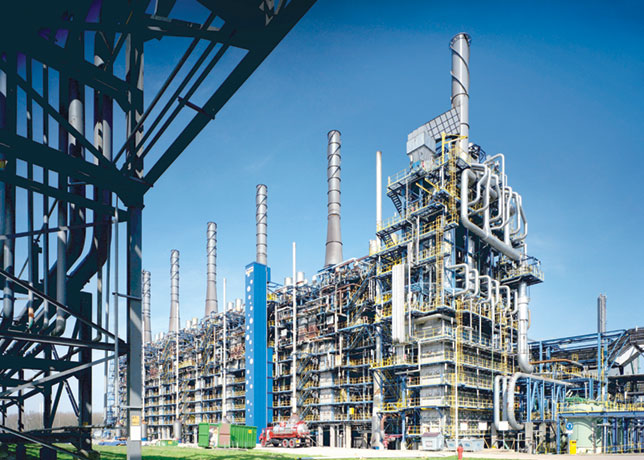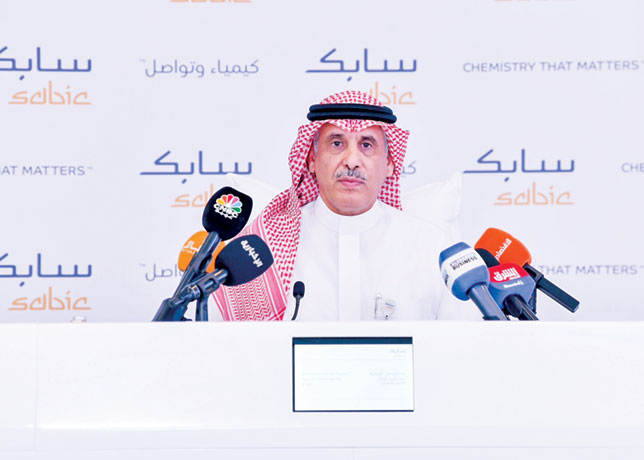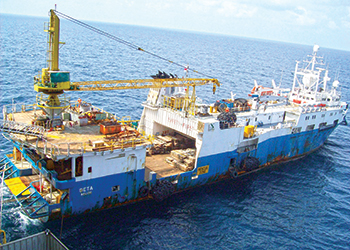
 Thailand … shifting away from natural gas
Thailand … shifting away from natural gas
The country, which uses natural gas for almost 70 per cent of its power generation, is under pressure to secure long-term energy supply as its own is expected to run out in six to seven years
Thailand’s private and public sectors are estimated to spend 690 billion baht ($19.4 billion) over the next three to five years on expanding capacity of petroleum, electricity and renewables to secure energy supplies, a senior official at energy ministry says.
About 342 billion baht will be used for petroleum development, including expanding natural gas pipelines, building the second receiving terminal of liquefied natural gas (LNG) and others, Praphon Wongtharua, the ministry’s deputy permanent secretary, told an industry seminar. Some 121 billion baht will be spent on the electricity sector, with 102 billion baht for renewable energy and 126 billion baht for energy saving measures, Praphon says.
The projection was based on Thailand’s new energy plan, which aimed to boost the proportion of renewables to 20 per cent of total fuel mix by 2036 from 8 per cent in 2014, he says.
Thailand, which uses natural gas for almost 70 per cent of its power generation, is under pressure to secure long-term energy supply as its own is expected to run out in six to seven years.
About a fifth of supplies are piped from Myanmar but imports from this neighbouring country are likely to fall as it is expected to use more of its natural gas resources for its own development.
The ministry aims to encourage more exploration and production activities at home in order to reduce the declining rate of domestic resources to 2 per cent a year from 11 per cent, Prophan says.
PTT, the country’s sole gas supplier, is building the second LNG terminal, close to the first one at Map Ta Phut in eastern Rayong province to double annual capacity to 10 million tonnes, the company says.
IGNITES SOLAR POWER INVESTMENT IN SE ASIA
Come December, Thailand will have more solar power capacity than all of Southeast Asia combined as record sums of money is poured into the sector in the hopes of nurturing a new energy source to help drive the region’s second-biggest economy.
Thailand has been shifting away from natural gas as once-plentiful reserves are expected to run out within a decade, forcing it to rely on imported fuel more than any other country in the region except Singapore. A plunge in solar-component costs and subsidised tariffs have also helped feed the country’s solar boom.
About 1,200-1,500 megawatts (MW) of solar capacity will be connected to the grid this year, requiring as much as 90 billion baht ($2.7 billion) of investment, Pichai Tinsuntisook, chairman of the Federation of Thai Industries’ renewable energy division, told Reuters.
Thailand’s solar capacity will rise to 2,500-2,800 MW this year from about 1,300 MW in 2014. That is almost six times more than the capacity added last year. The new capacity, while modest compared to Japan or Germany, will turn Thailand into the first significant solar power producer in a region where the sector has barely taken off.
'Thailand has strong potential for both solar farms and rooftop solar systems,' says Sopon Asawanuchit, managing director of advisory firm Confidante Capital, adding that its location in the sunny tropics is an advantage.
While the bulk of the power will come from solar farms, rooftop solar panels may have enough capacity over the next five years to supply as many as 250,000 households in urban areas, renewables analysts say. Thailand aims to increase its solar capacity to 6,000 MW by 2036. That would account for 9 per cent of total electricity generation, up from 4 per cent in 2014, and be able to meet the electricity needs of up to 3 million households.
Despite Southeast Asia’s solar potential – thanks to abundant sunshine – Thailand is largely alone in boosting its capacity to harness the sun’s energy. That’s because its neighbours either have ample supplies of other energy sources such as oil, gas or geothermal power, or their governments lack the budget to invest in new technology and to support the sector with subsidies.
 |
Thailand … in a solar boom |
The Philippines is starting to prepare similar plans, though they are still in an early stage. The Thai government is supporting the country’s solar sector with feed-in-tarif subsidies of up to 6.85 baht ($0.2) per kilowatt-hour (kWh) paid out over 25 years to energy producers. The boom has attracted foreign investors including Japan’s Kyocera Corp, US-based First Solar and China’s Yingli Green Energy.
LOW MAINTENANCE
'Sunlight is free,' says Jormsup Lochaya, chairman of Bangkok-listed Superblook, which has set a budget of 30 billion baht to invest in solar energy this year.
'We have no (ongoing) material cost and no problem with staff expenses because the project needs about three staff to monitor,' he said.
Kessara Tanyalakpark, executive director of property developer Sena Development, agreed and added that solar has the lowest risk while other renewables such as garbage or tapioca may face unstable raw-material costs. Sena is among the latest companies diversifying into the solar business as the domestic property market slows in line with a sluggish economy.
Shares in companies which aim to invest in solar power have outperformed the overall Thai stock market this year. Among them are Sena, Superblook, Gunkul Engineering and Communication and System Solution. Despite the current boom, some investors are worried solar power may be used as an excuse for some retail punters to speculate in the stock market, the Federation of Thai Industries’ Pichai says.
Pichai says some listed companies had also bought solar farms only to sell them later following gains in share prices due to the acquisitions.
'Stock manipulation will undermine growth,' Pichai says.
In September, the Thai government approved the latest Alternative Energy Development Plan, which outlines the country’s ambitious targets. According to Thailand’s Energy Regulatory Commission (ERC), the country currently has a total of a total of 1,601.36 MW of installed solar, including 1,520 MW of solar farms and some 82 MW of rooftop installations.
CURRENT PROGRAMMES
In September, the government launched the Governmental Agency and Agricultural Cooperatives Programme (Agro-Solar) with a target of 800 MW. The programme aims to realise solar farms of up to 5 MW in size in the form of public private partnerships with the governmental sector or agricultural cooperatives as public partners.
The programme allows the purchase of power from solar farms located on land owned by the government and agricultural cooperatives with an installed capacity of 5 MW or less at a feed-in tariff of THB 5.66/kWh ($0.158/kWh) under a 25-year power purchase agreement. The application process for the Agro-Solar programme consists of two phases. Phase 1 will have a total target of 600 MW for regions with transmission line currently available. Phase 1 projects will have to be online by September 30, 2016. Phase 2 will target the remaining 200 MW, with projects due to begin operation by January 1 and June 30, 2018.
SEES $1BN INVESTMENT IN SOLAR FARMS
Thailand’s energy regulator says it expected an investment of at least 36 billion baht ($1.01 billion) next year in the government’s solar farm project, which attracted strong interest from private producers and state agencies.
About 1,200 applicants are expected to submit proposals to receive licences for the first quota of 600 MW solar farms for government agencies and co-operatives, Viraphol Jirapraditkul, director and spokesman for the ERC, told reporters.
The winners of solar farm contracts are required to begin commercial operations within September 2016, and the commission planned to announce names of winners on December 24, Viraphol says.
Companies submitted included Thai Solar Energy, which has joined foreces with 10 state agencies and co-operatives to produce 49 MW of solar farms mostly in central region, the regulator says.
Inter Far East Energy Corp also joined with the Thai navy’s electricity welfare to produce 11 MW. The ERC also plans to announce details of bids for the second quota of 200 MW solar farms for government agencies and co-operatives in the middle of 2016, Viraphol says.
Thailand has set a goal to increase its solar power capacity to 6 GW by 2036 from 1.57 GW in 2014. Next year, the government will hold another auction for 200 MW.
In addition, the government launched commercial and residential rooftop programme in 2013 aimed at installing 200 MW of solar. Commercial installations quickly reached their 100 MW limit, while residential installations initially reached 21 MW with a further 93.21 MW of projects that applied with Metropolitan Electricity Authority and due to become operational by year’s end.







